Blocko Probability Game
This blog post contains Amazon affiliate links. As an Amazon Associate, I earn a small commission from qualifying purchases.
Want to check out my favorite Amazon items for the classroom? Check out my Amazon favorites page!
I love using the Blocko game to give students much needed practice with experimental and theoretical probability. This game also goes by the name “Beano.” I prefer to play it with linking cubes, so we call it Blocko.
Algebra 1 is in the midst of our LAST unit of the year. With the stress and craziness that comes with testing + end of year activities, I’m trying hard to make our probability unit as interactive and fun as possible. Many of the other teachers in the school have resorted to Netflix for their lesson plans, so it’s a struggle to get my kids to do anything.
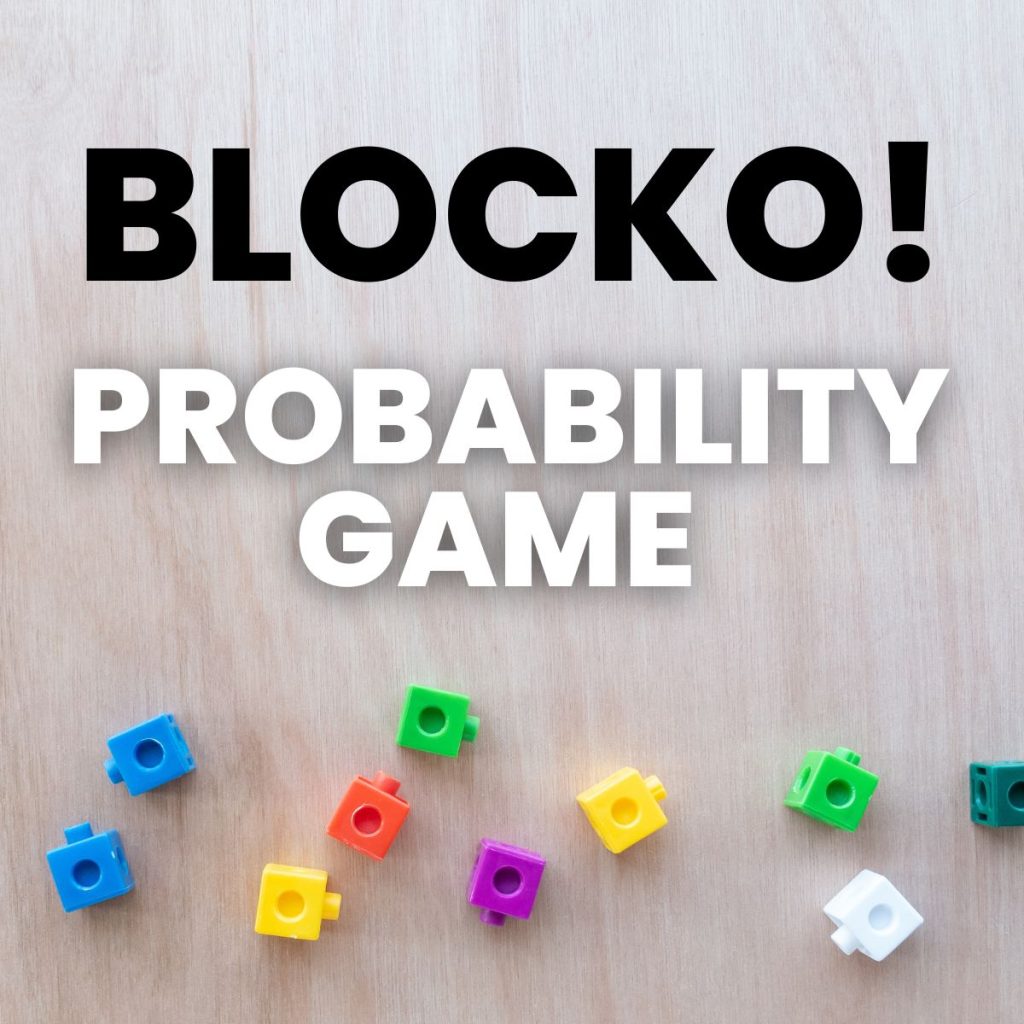
Oklahoma’s new standards for Algebra 1 focus on experimental probability instead of theoretical probability.
My husband recently reminded me of a probability activity I had used with 8th graders when I was a student teacher. Natalie Turbiville calls the activity “Beano” on her Walking in Mathland blog. As a student teacher, I decided that beans and middle school students were not a good combination. So, I played the game with some counters and didn’t exactly give it a name. In fact, my first blog post about the activity was titled “The Probability Game Without a Name.”
This year, I decided to rename the activity to “Blocko!” This name was inspired by the fact that I gave students “blocks” as game pieces. I used one of my favorite classroom manipulatives – linking cubes!
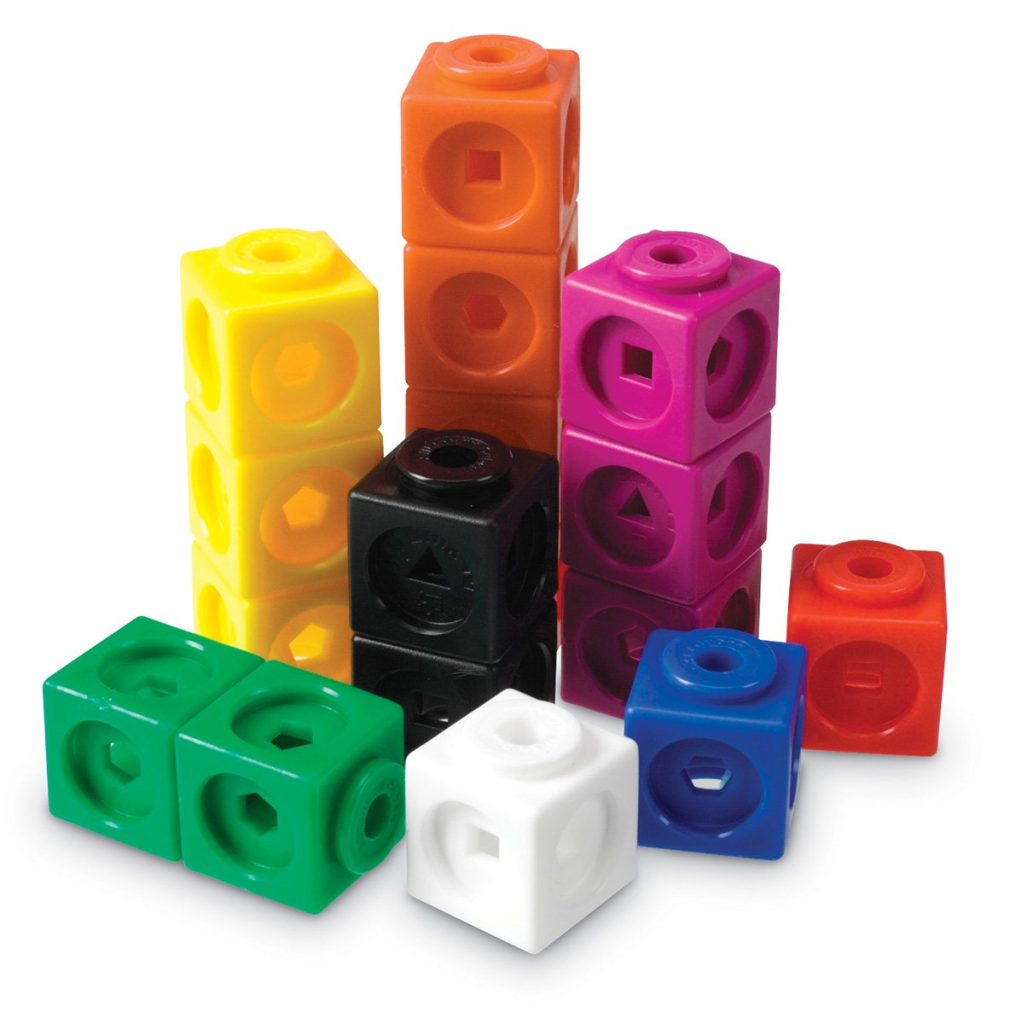
I created a quick game board for my students to use.
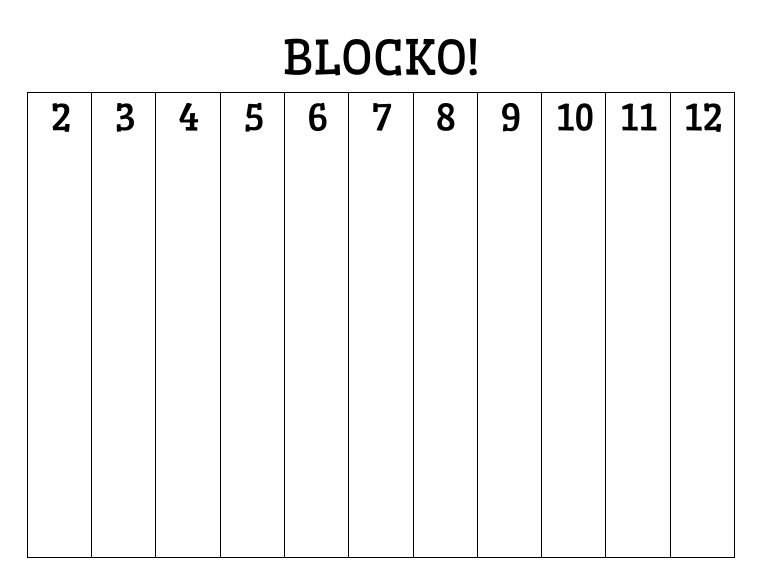
Each student received 12 linking cubes. Students were instructed to place their 12 blocks on the numbers of their choosing. I told students that they could place all of their cubes on the same number or different numbers. It was interesting to see just how creative they got with their arrangements. At this point, I still had not explained the point of the game to my students.
Here are a few of my students’ starting arrangements:
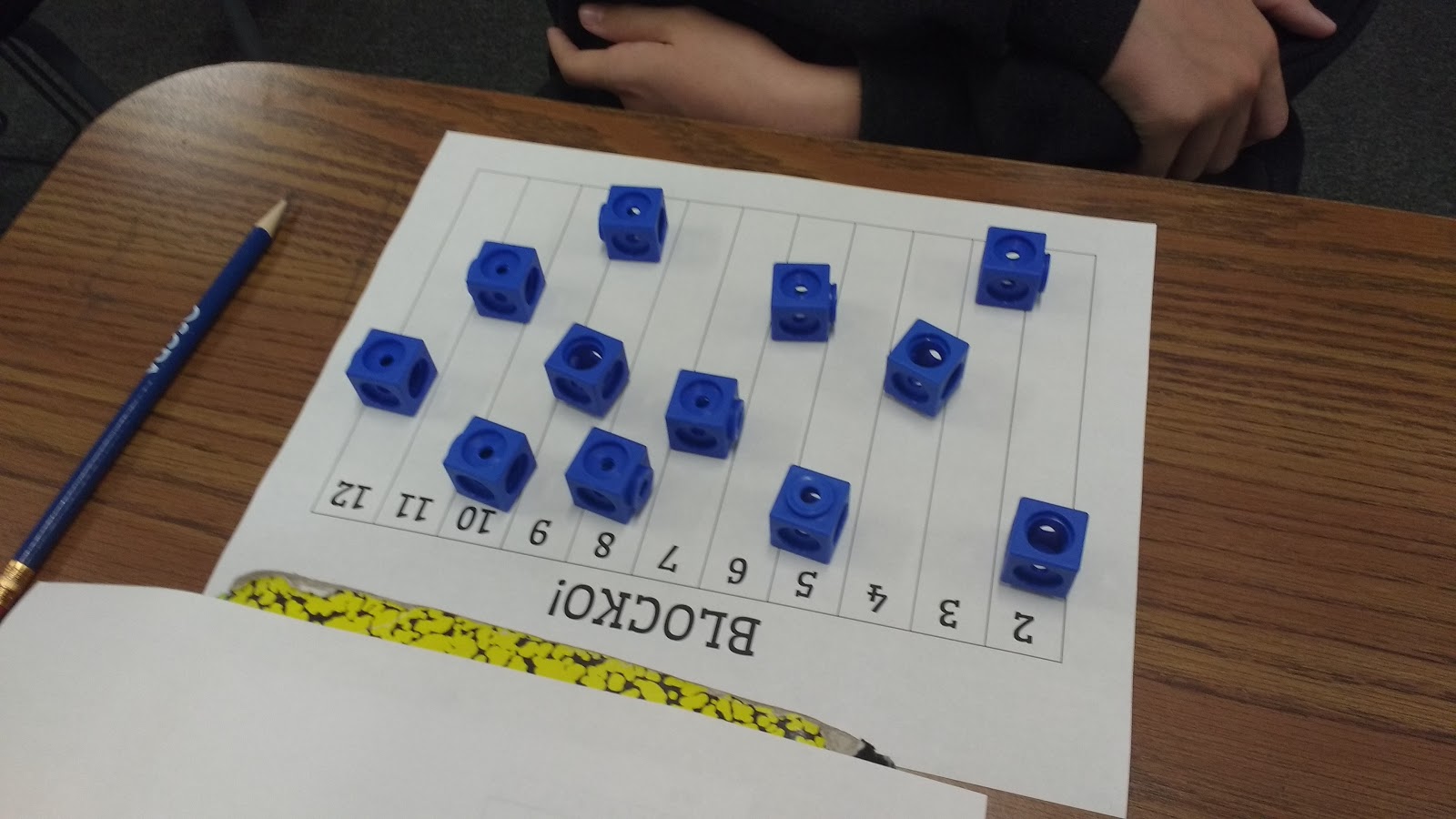
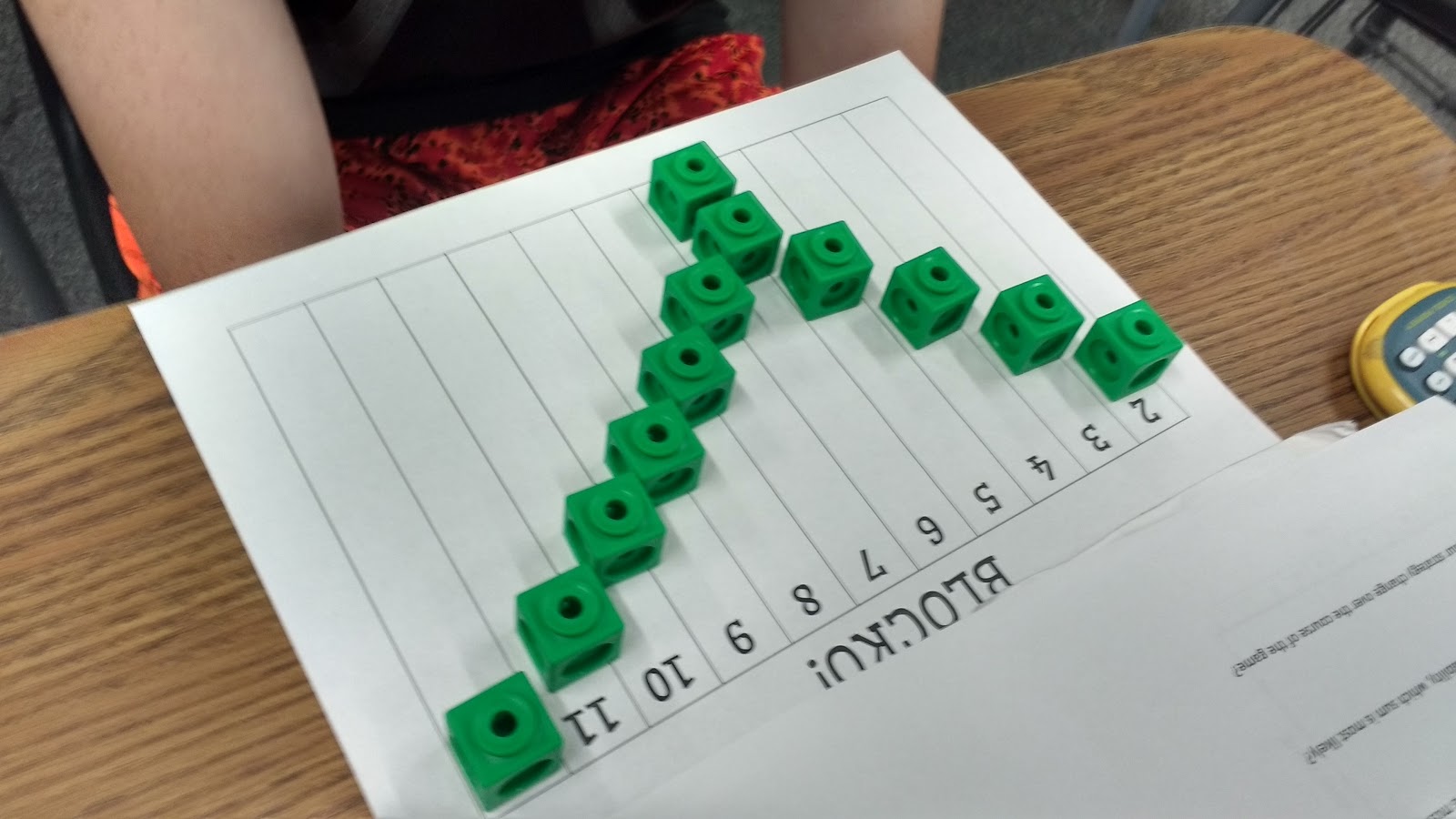
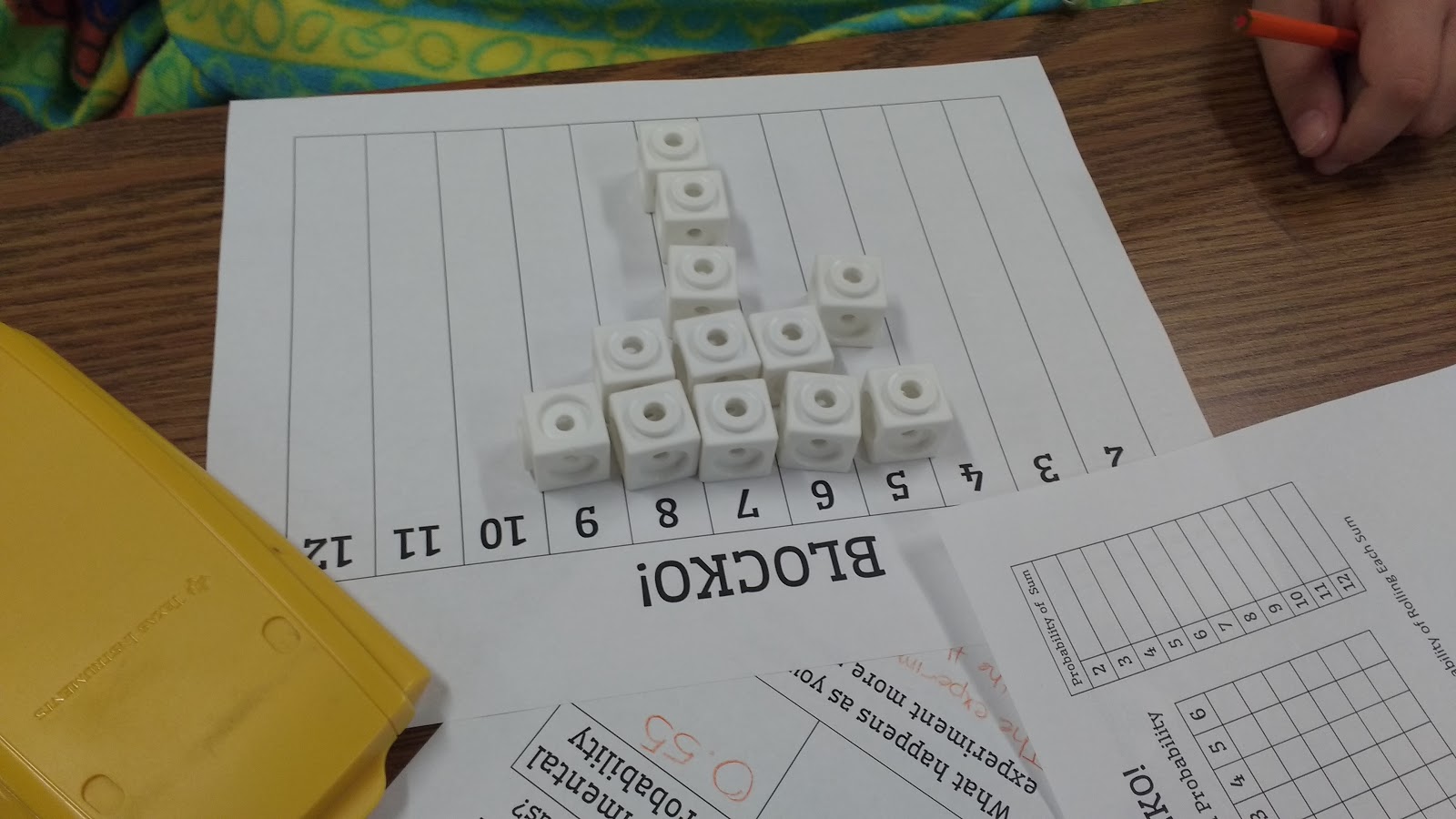
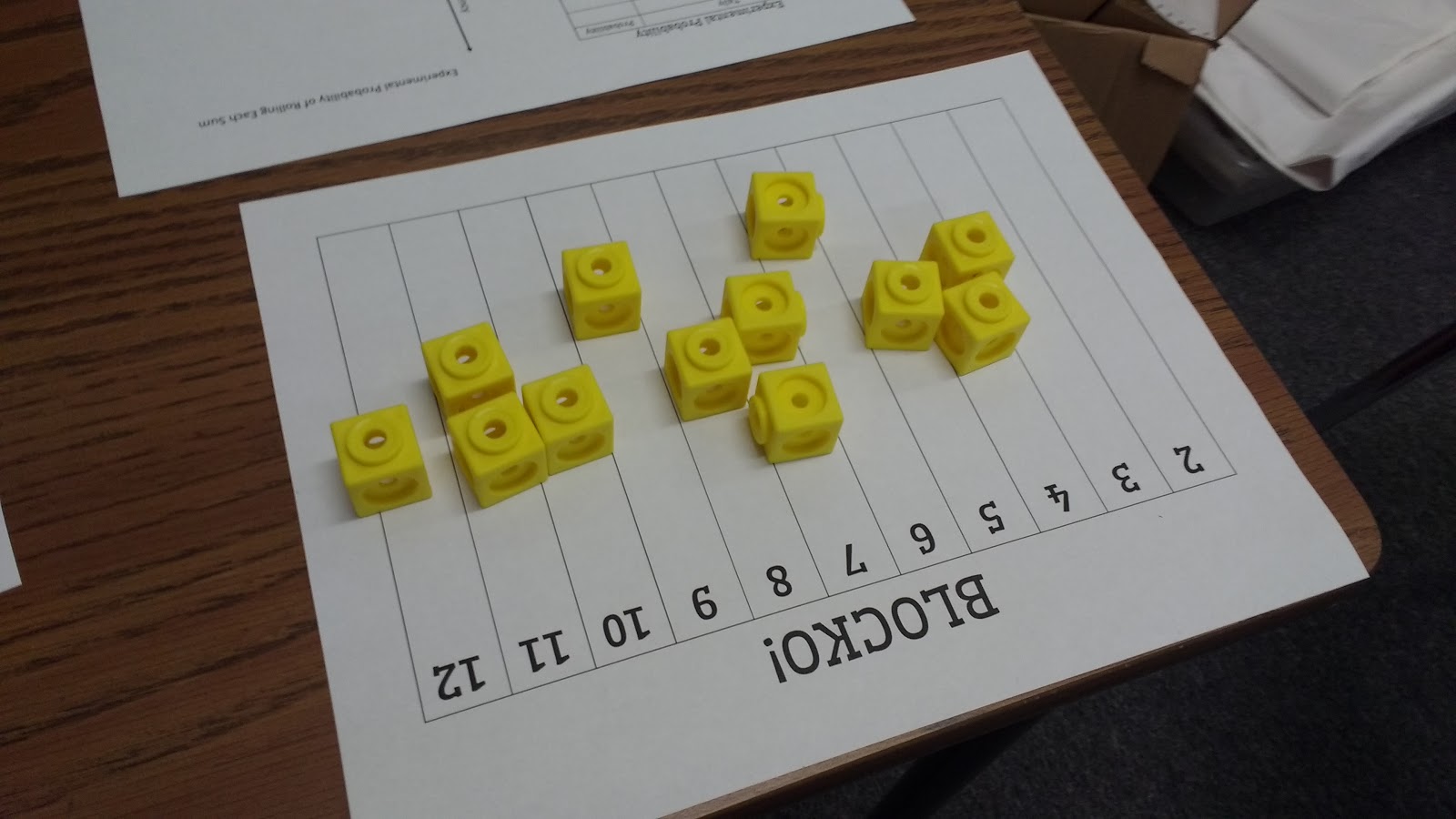
Some of my students were VERY stressed out that “1” had been left off of the game board. I took this as the opportunity to explain what the numbers on the game board represented.
The premise of the game is quite simple. I will roll two six-sided dice, and I will announce the sum of the two dice to the class. If the student has a block on that number, he/she may remove exactly one block from that space on the game board. If a student has multiple blocks on a certain number, he/she must wait until I have called that number multiple times to remove multiple blocks. The first student to clear his/her board and shout “Blocko!” is the winner.
After explaining the game’s basic rules, I gave students one last chance to make modifications to their game board. I figured this was fitting since I had instructed them to place their blocks on the board before explaining the rules!
I used a lid to a paper box to keep my dice from escaping between rolls.
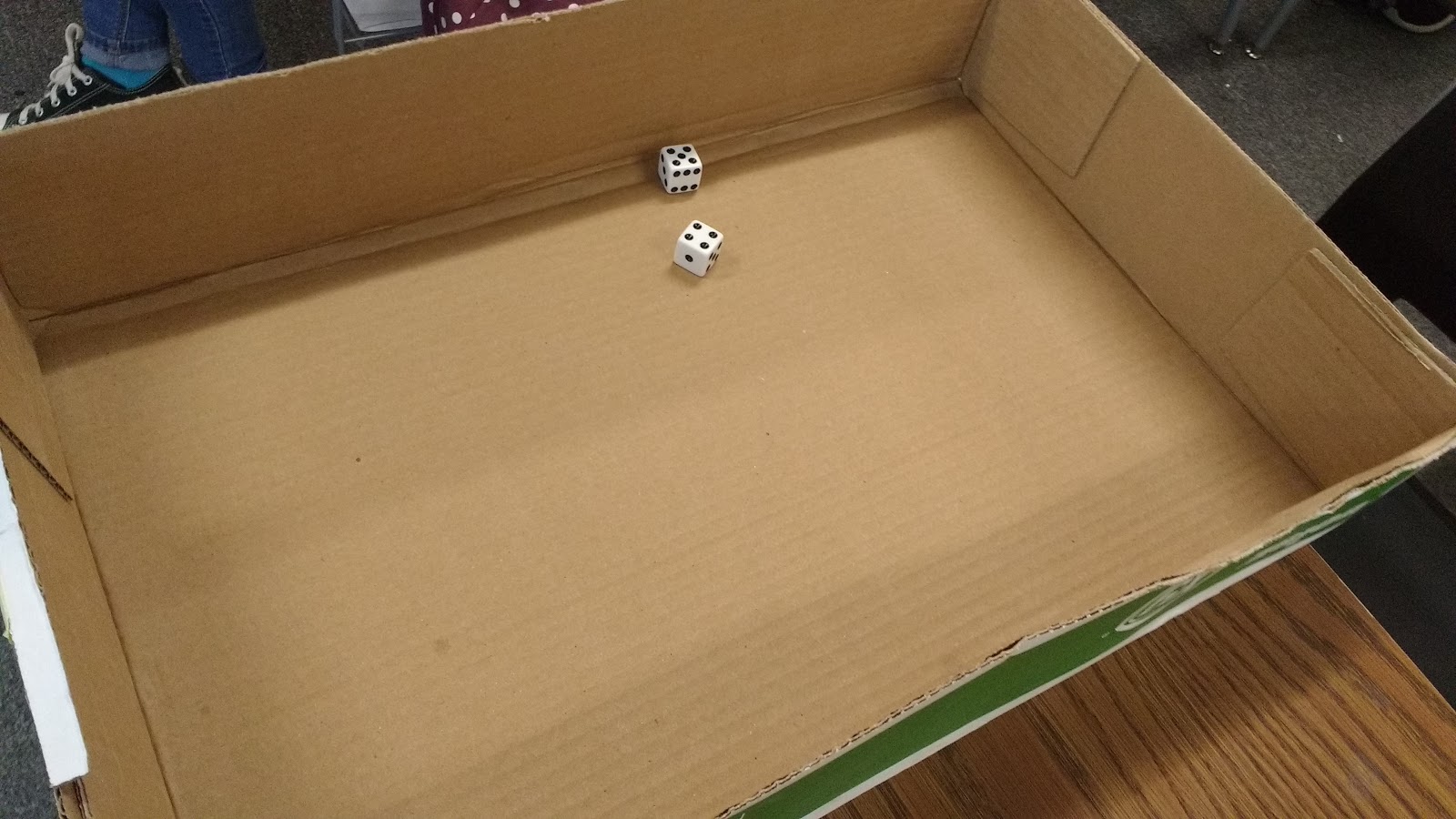
With an earlier class, I used my large foam dice, but I ended up getting quite the workout chasing them around the room!
After each roll of the dice, students removed a block, if possible, and made a tally in their notebook. I created this sheet to help my students calculate the experimental probability of rolling each sum.
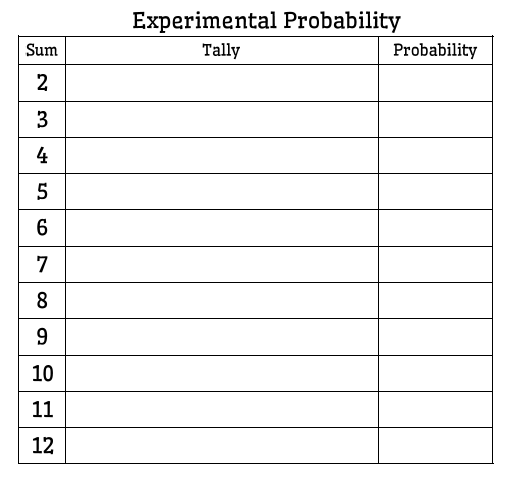
After each round of the game, I gave the winner a piece of candy. Students, then used their tally chart to revise the placement of blocks on their game board for the next round. Depending on the class, we played anywhere from probably four to six rounds of the game. It was exciting for me to be able to watch their
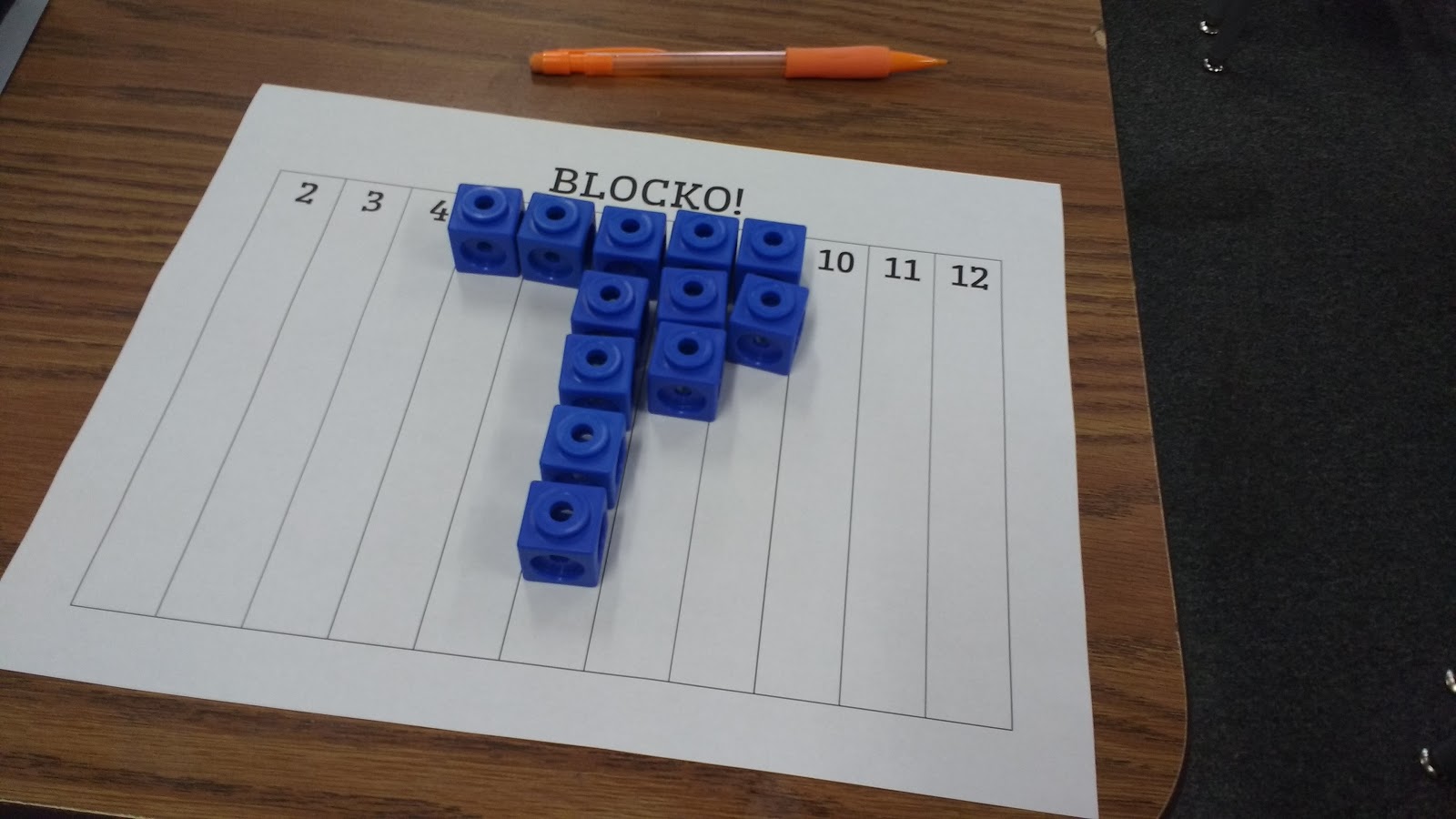
As we progressed through the rounds, students’ game boards slowly started to shift from the block on every single number stage to blocks in the middle of the game board stage.
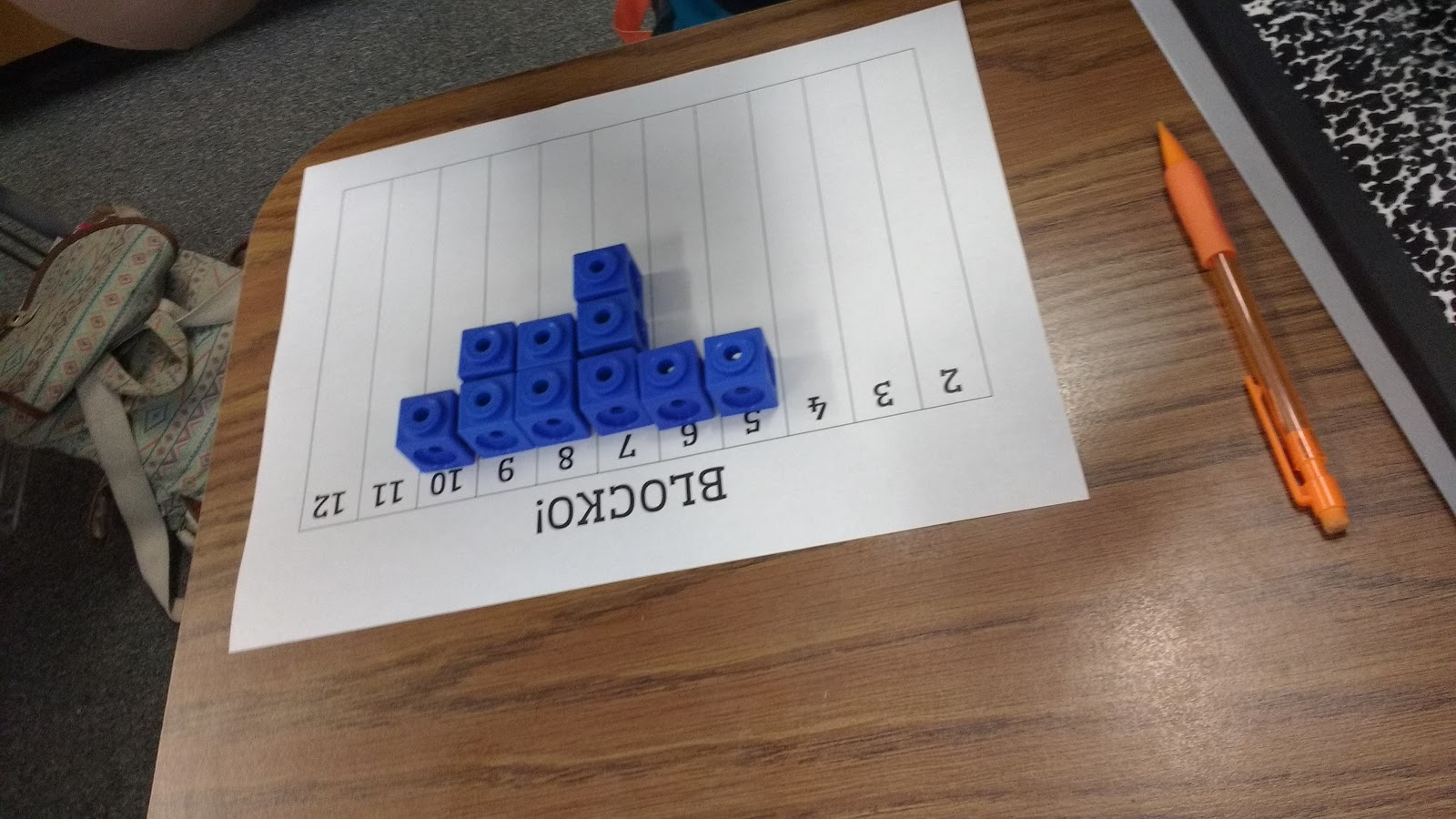
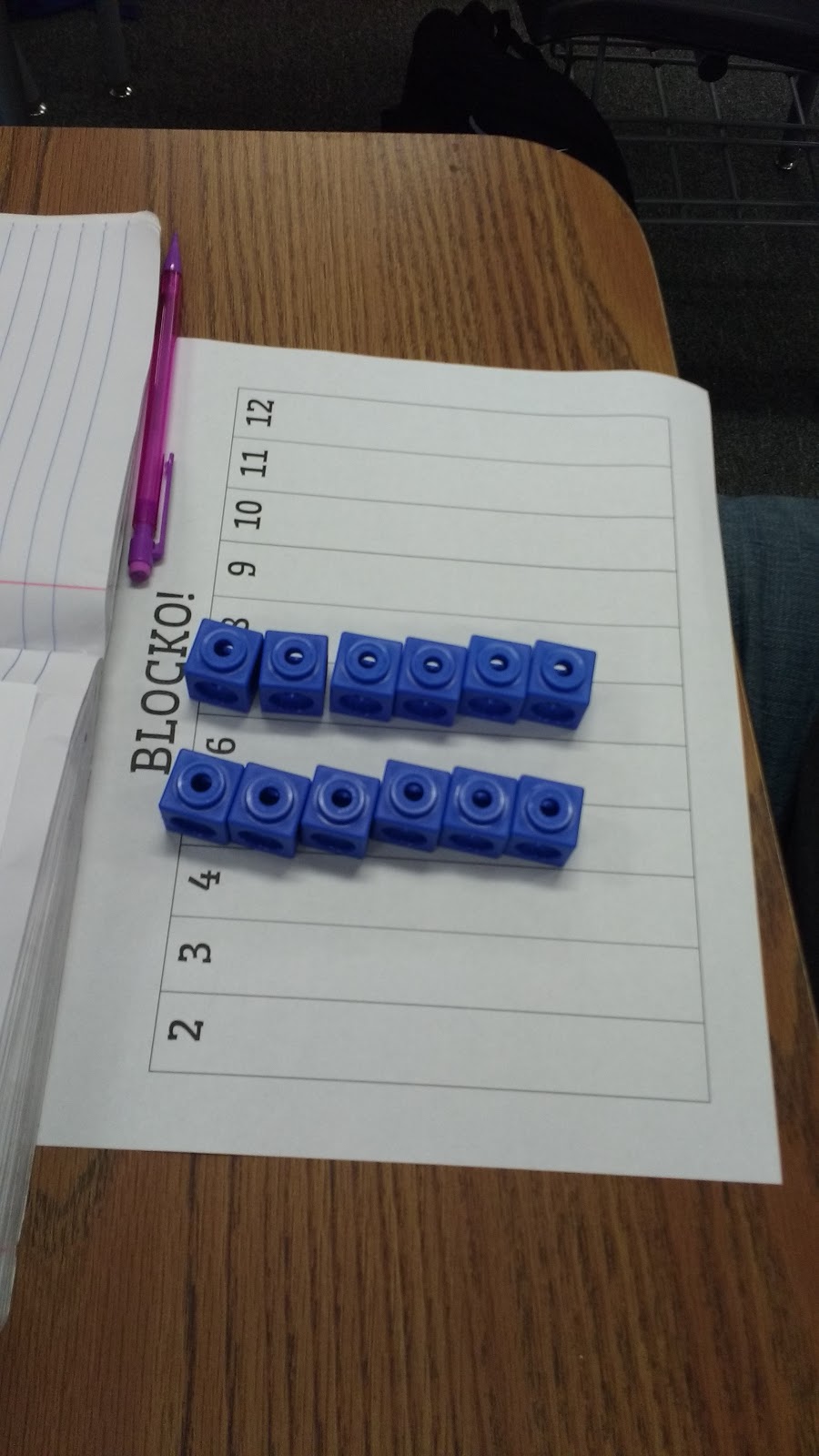
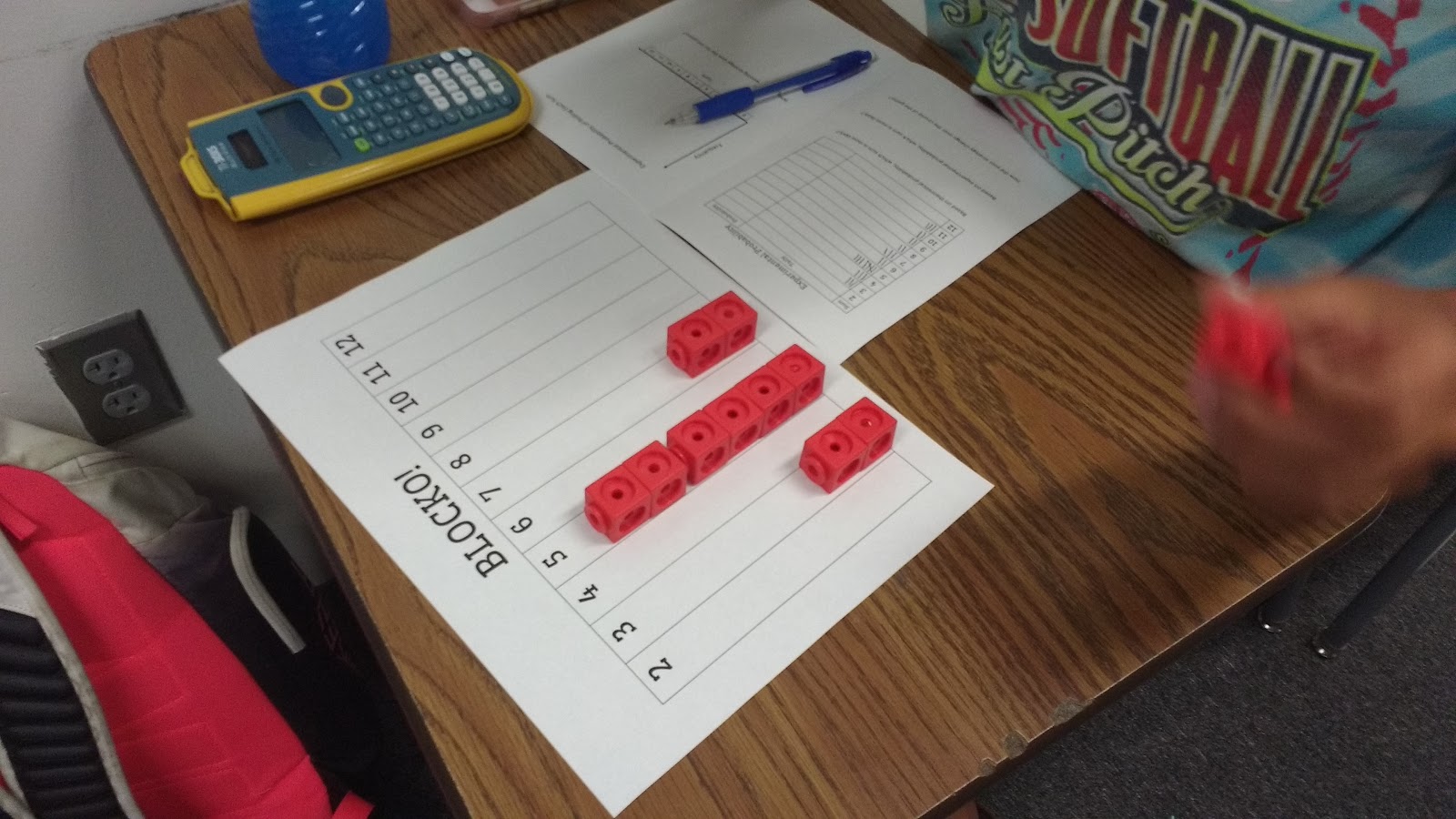
After playing multiple rounds, my students counted up the number of dice rolls and calculated the experimental probability of rolling each sum. The students recorded these probabilities on the table in their notes.

Then, I had students make a frequency chart.
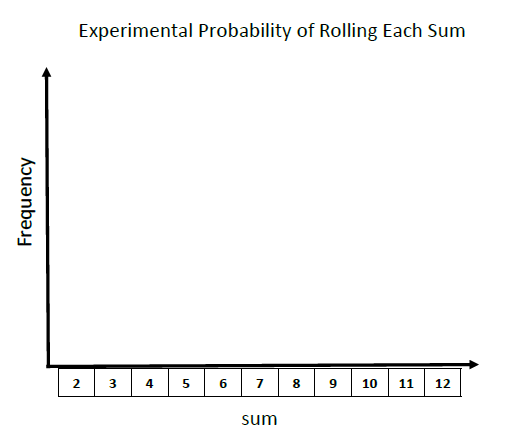
After experiencing the experimental probability of this game for themselves, I had my students investigate the theoretical probability behind the game.

First, we had to complete a chart to find all of the possible sums that result from rolling two six-sided dice. Then, my students used this chart to help them calculate the theoretical probability of rolling each sum. We compared the the theoretical probabilities we had calculated to the experimental probabilities we had found.
It was super exciting to watch my students realize WHY the dice seemed to keep giving them the same sums over and over and over.
We ended the activity by answering a few questions that I borrowed from the worksheet on the Walking in Mathland website.

Free Download of Blocko Game Board and Foldable
Digital Version of Blocko
Google Slides
Liz Mastalio created a Google Slides version for students to use as they play along.
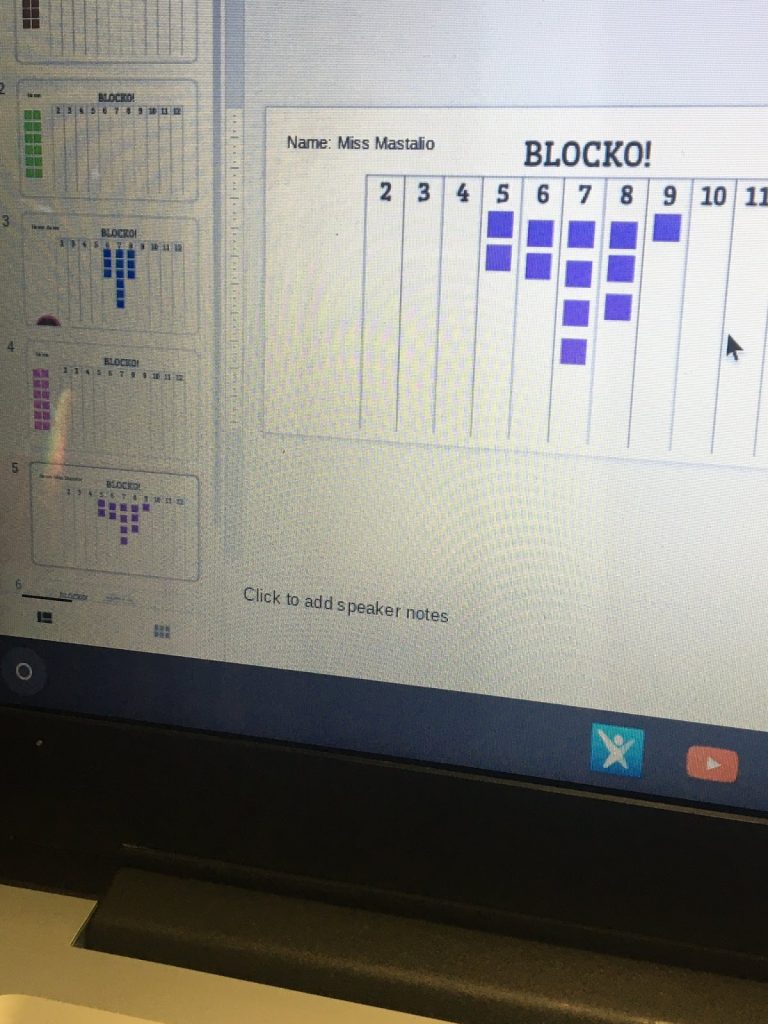
More Resources for Teaching Probability
- 3 Circle Venn Diagram Template
- Engaging Probability Games and Activities
- Left Center Right Dice Game
- Printable Venn Diagram Template
- Hex Nut Probability Activity
- Mystery Box Probability Activity
- Blocko Probability Game
- Free Printable Farkle Score Sheet (with Scoring Guidelines)
- Probability Bingo Game
- Russian Fable for Marriage Probability Activity
- Probability Activity with Cuboctahedrons
- Teaching Probability with Deal or No Deal
- Greedy Pig Dice Game for Practicing Probability
- Probability Game

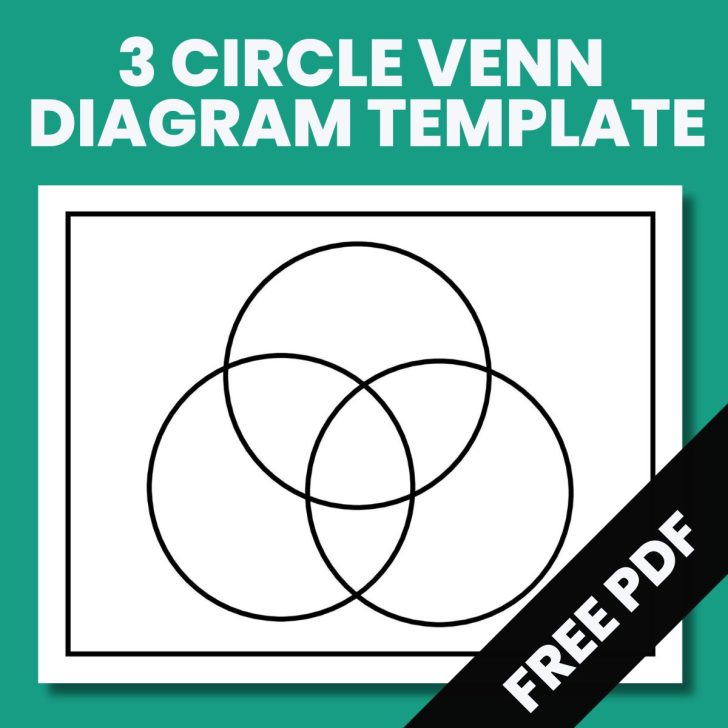
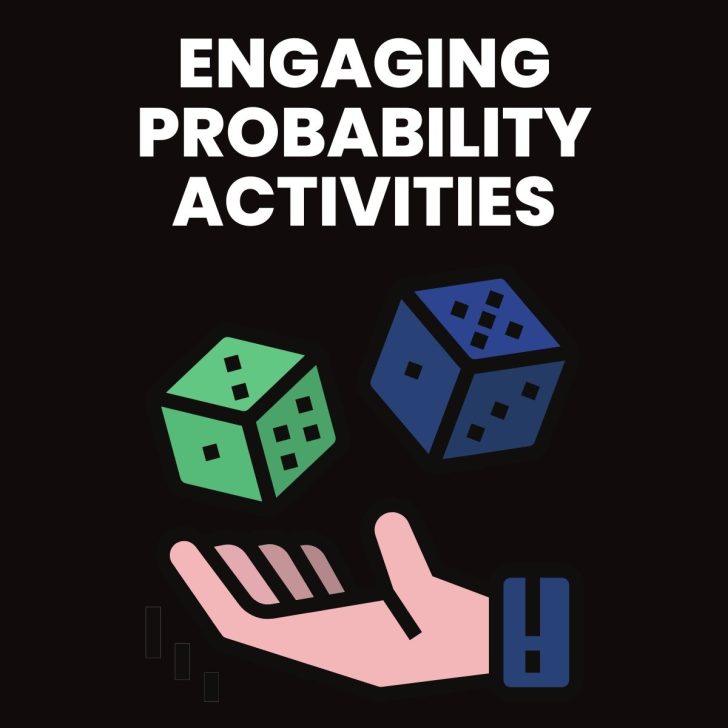
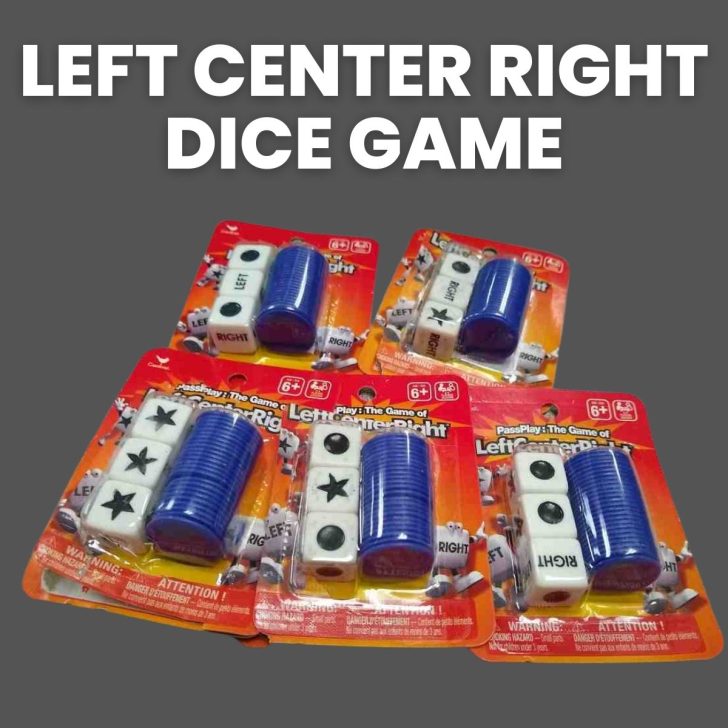
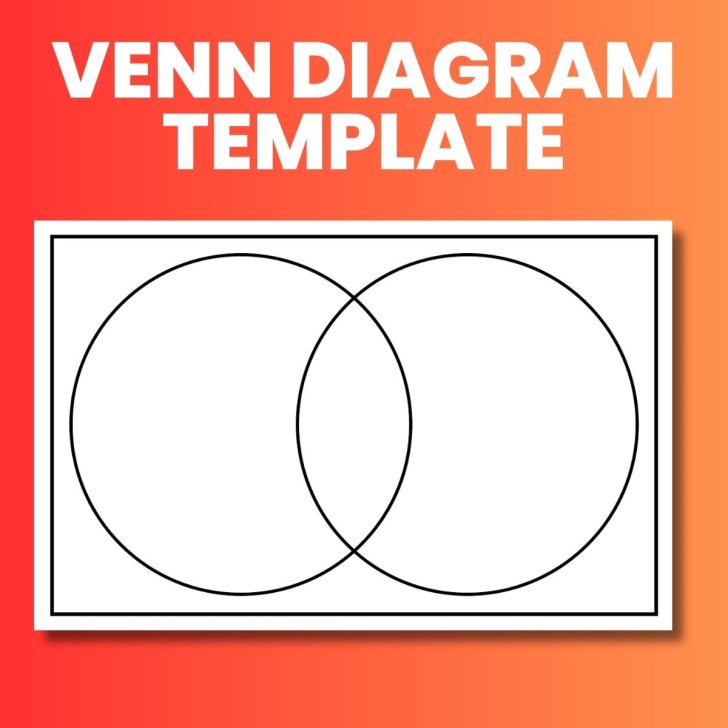
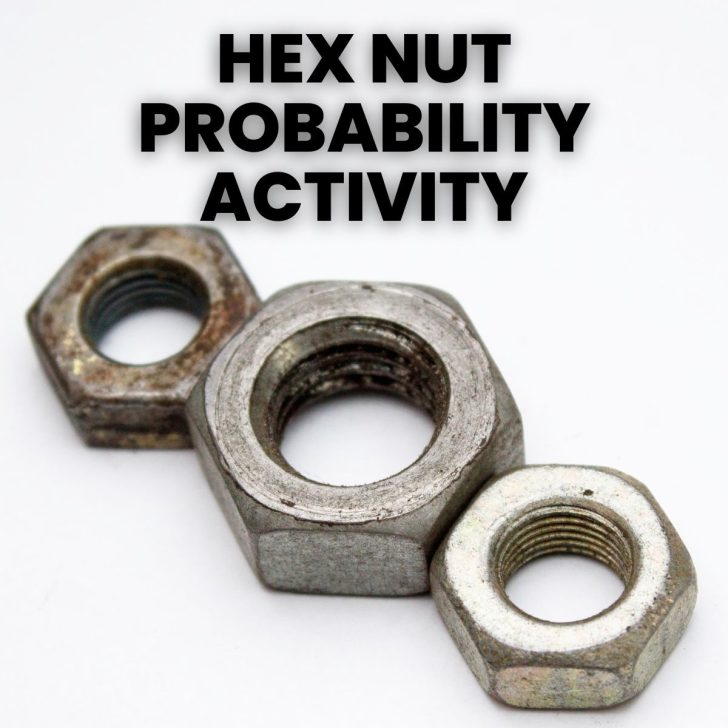
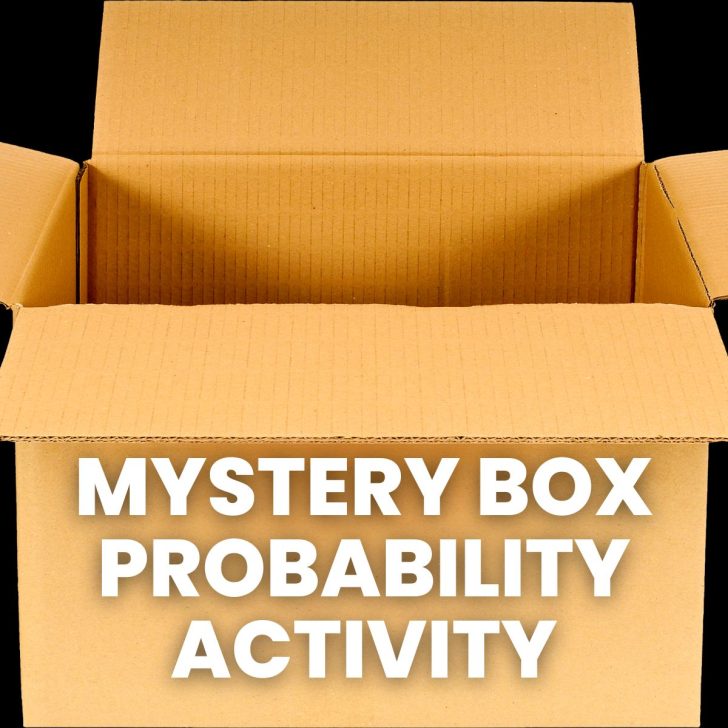
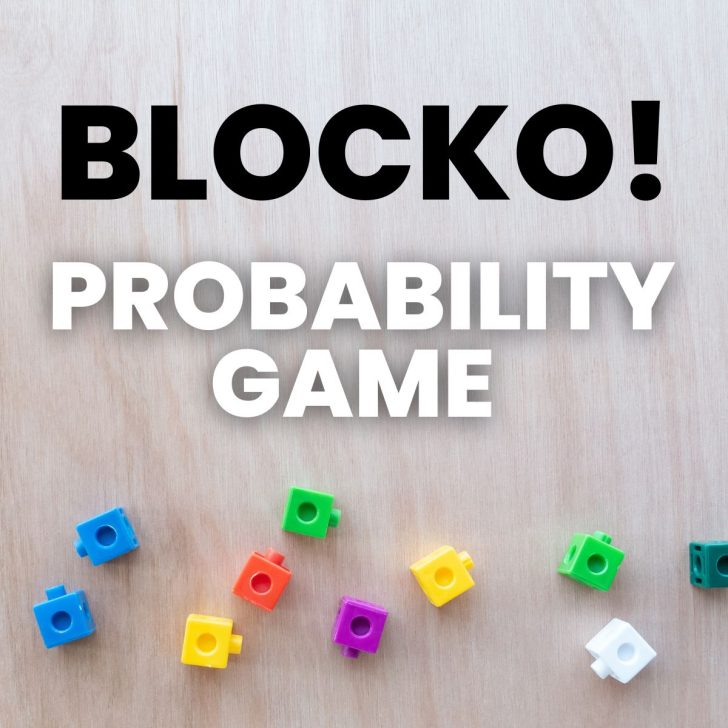
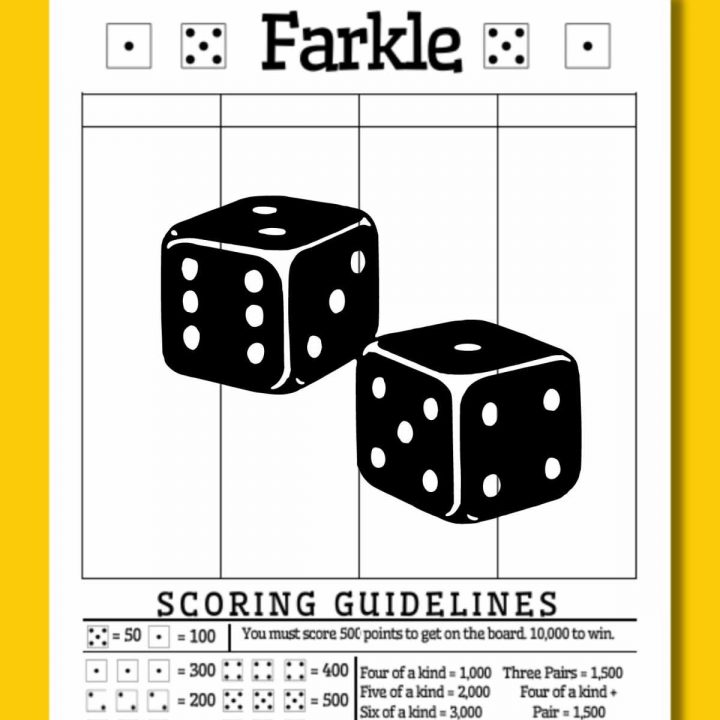
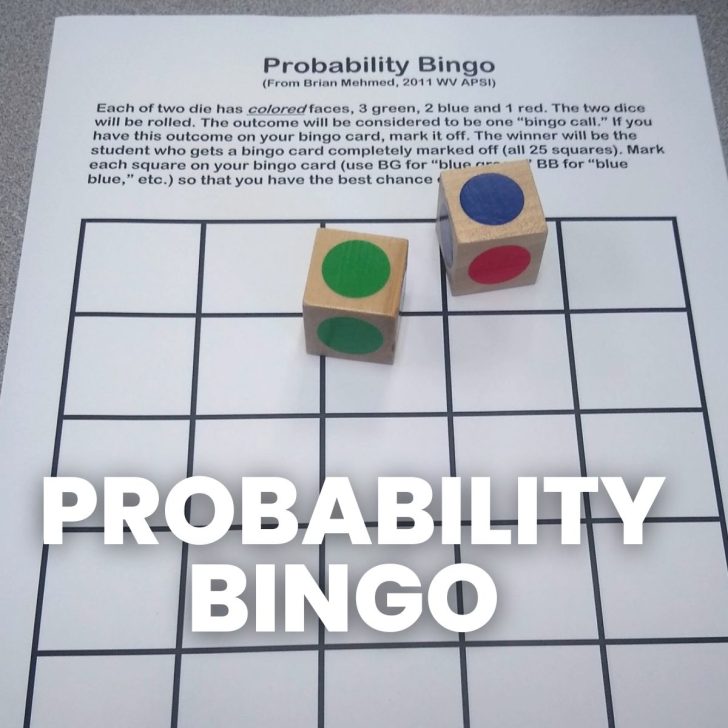
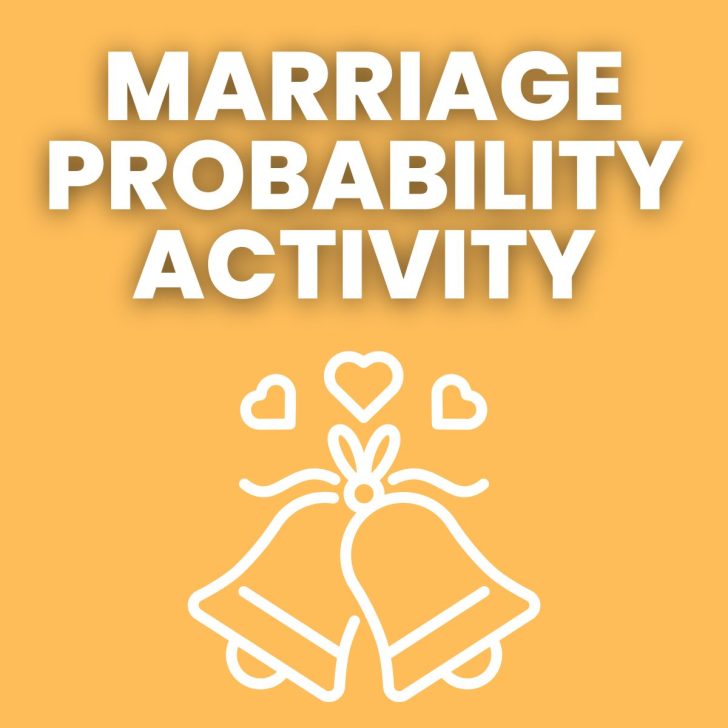
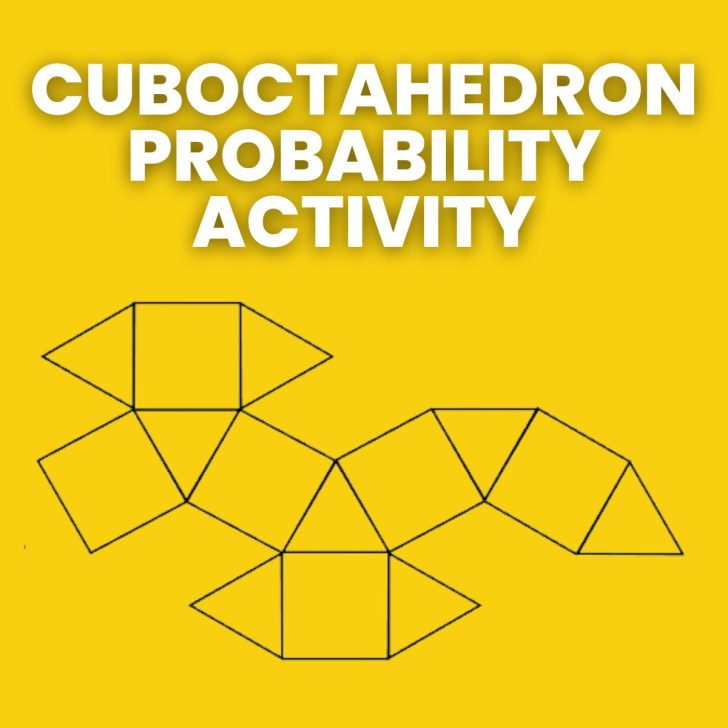
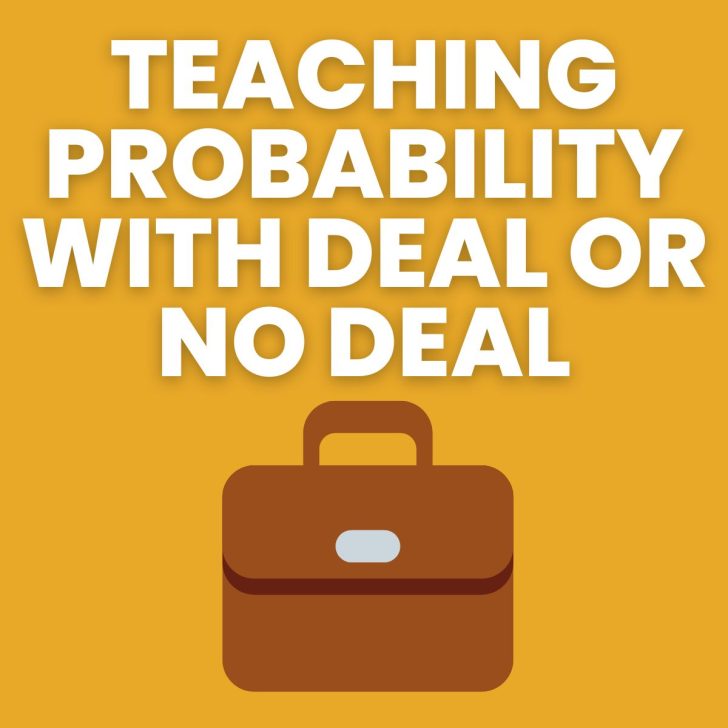
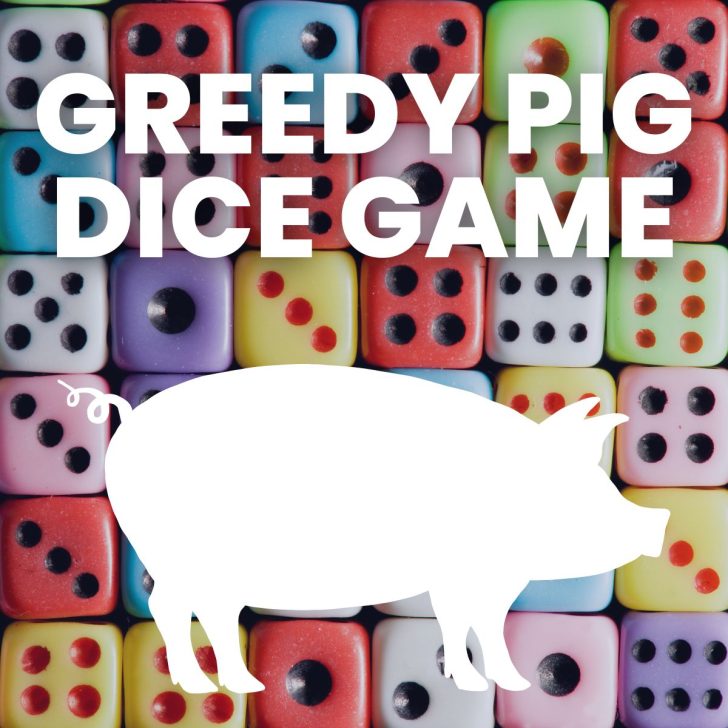
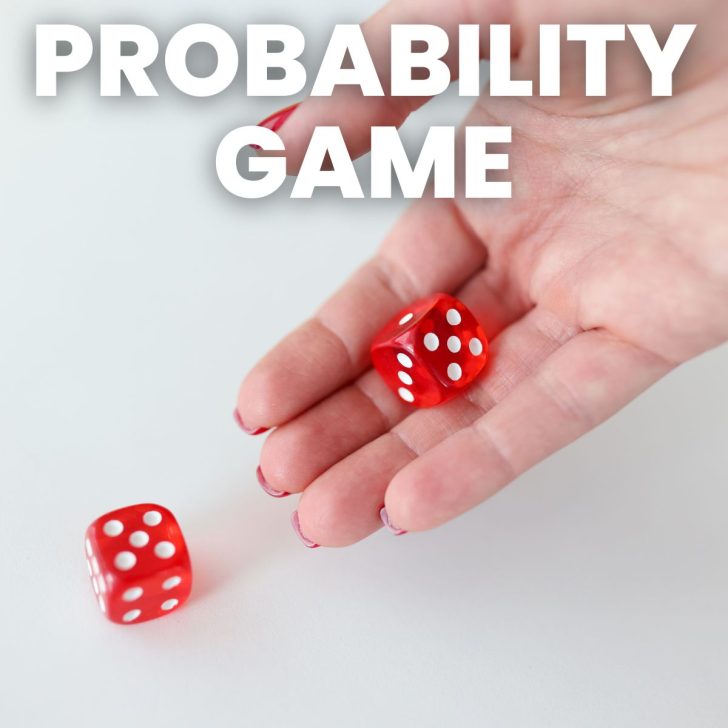
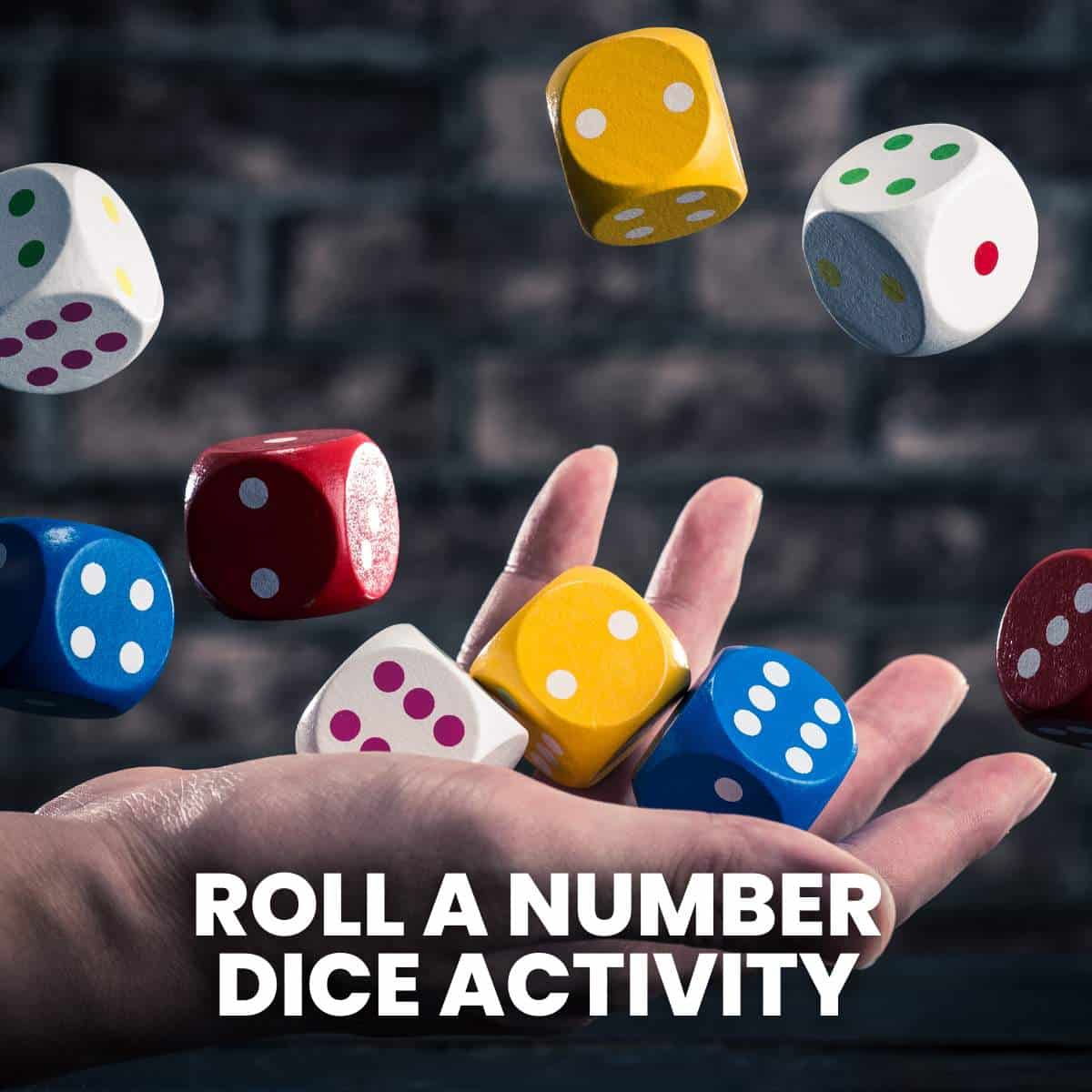

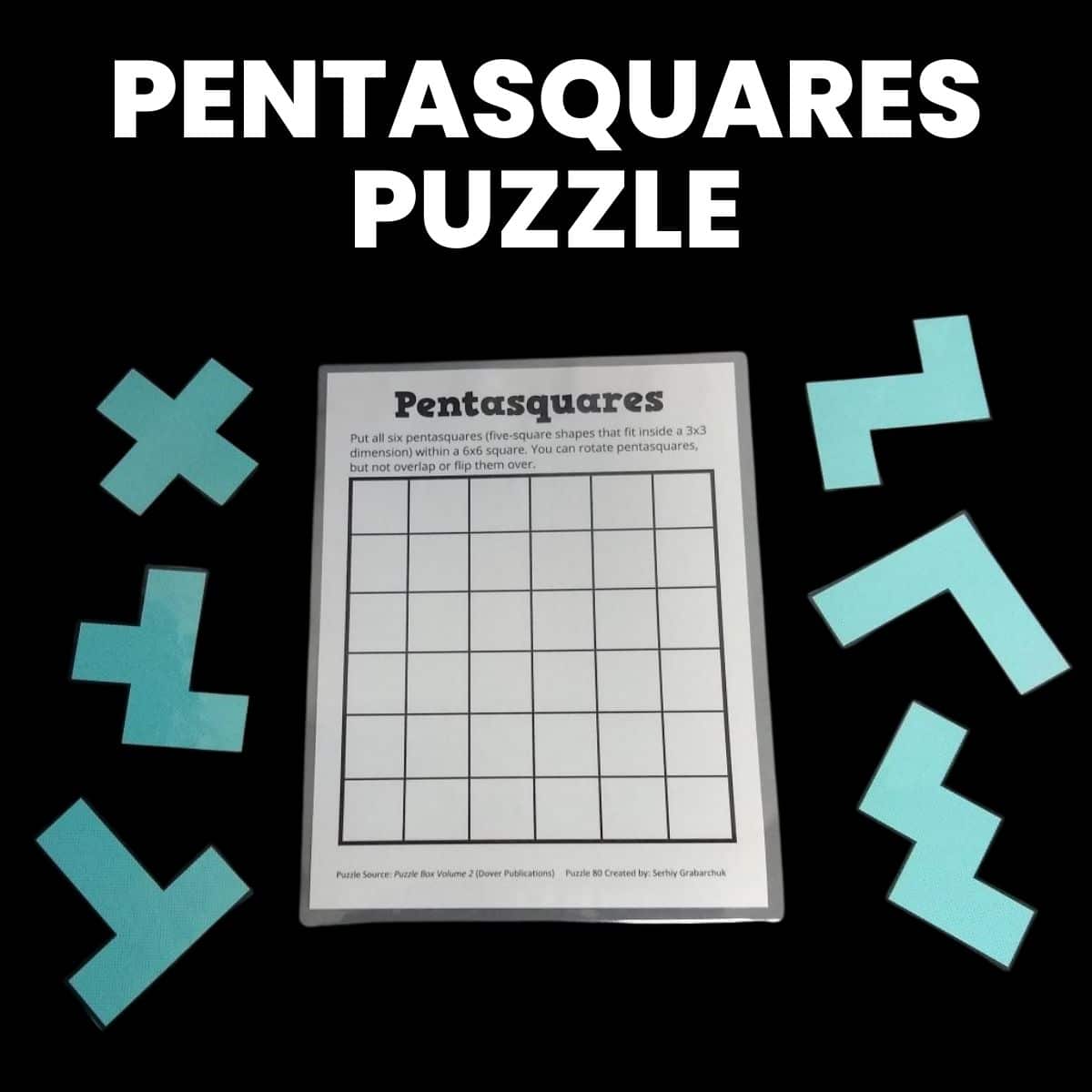
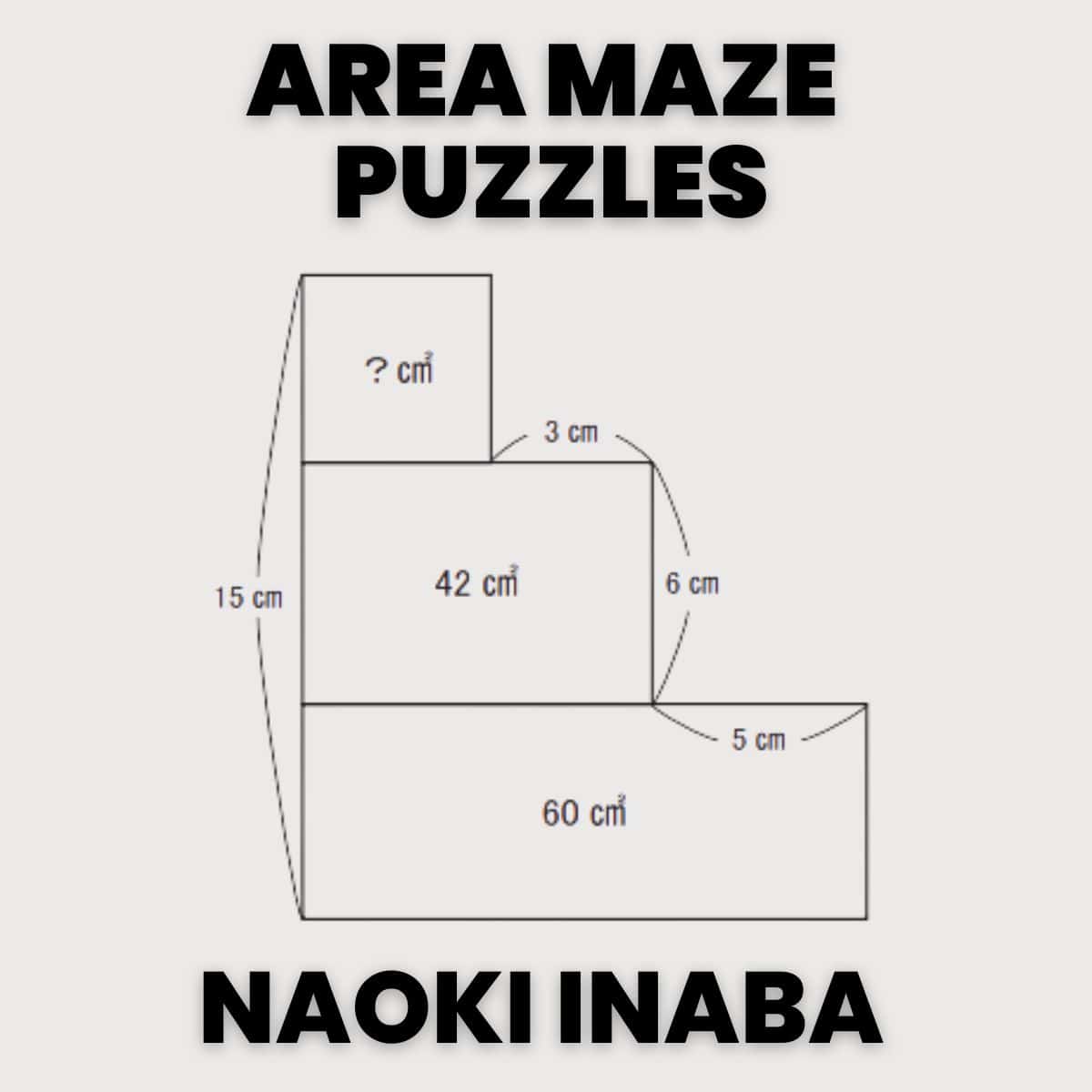
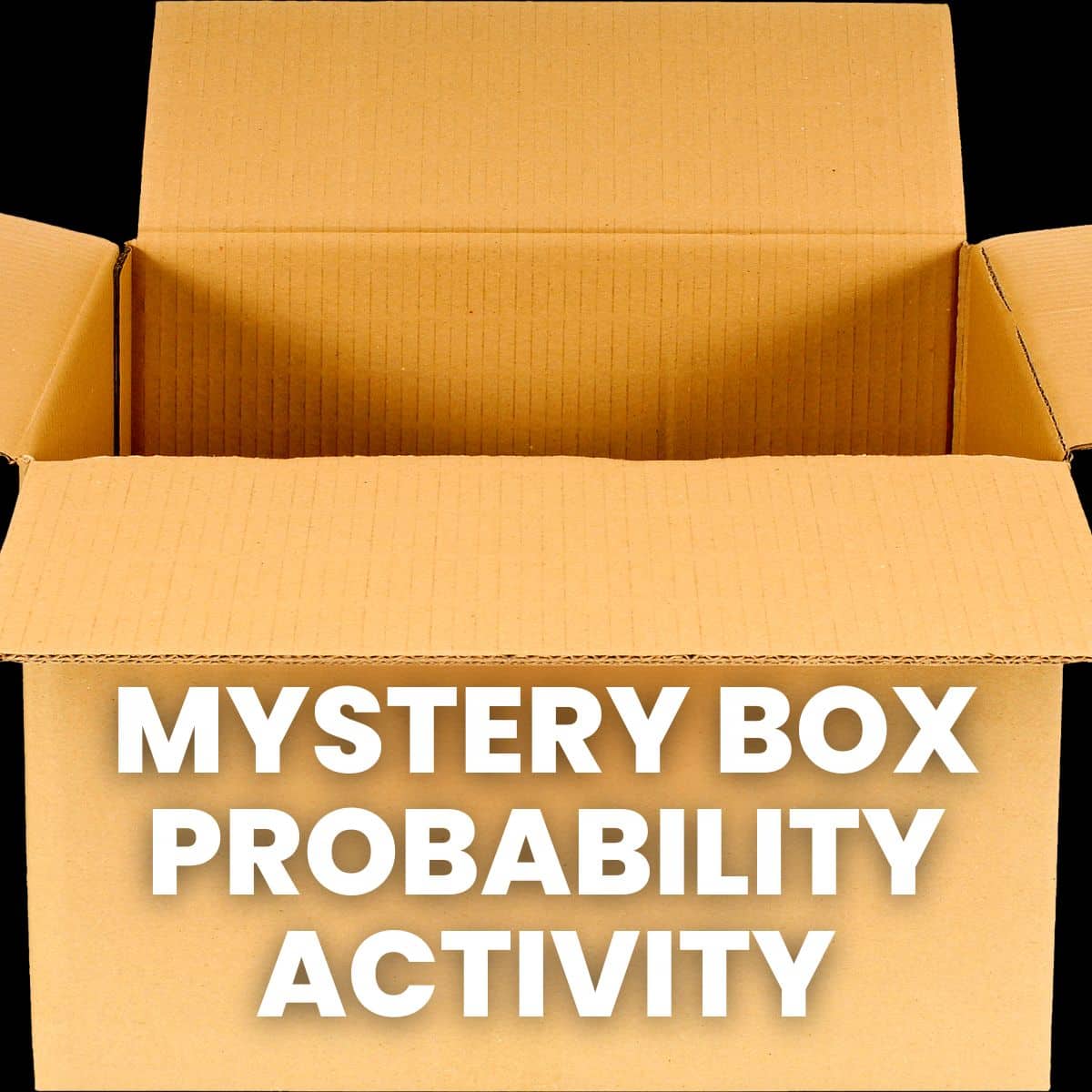
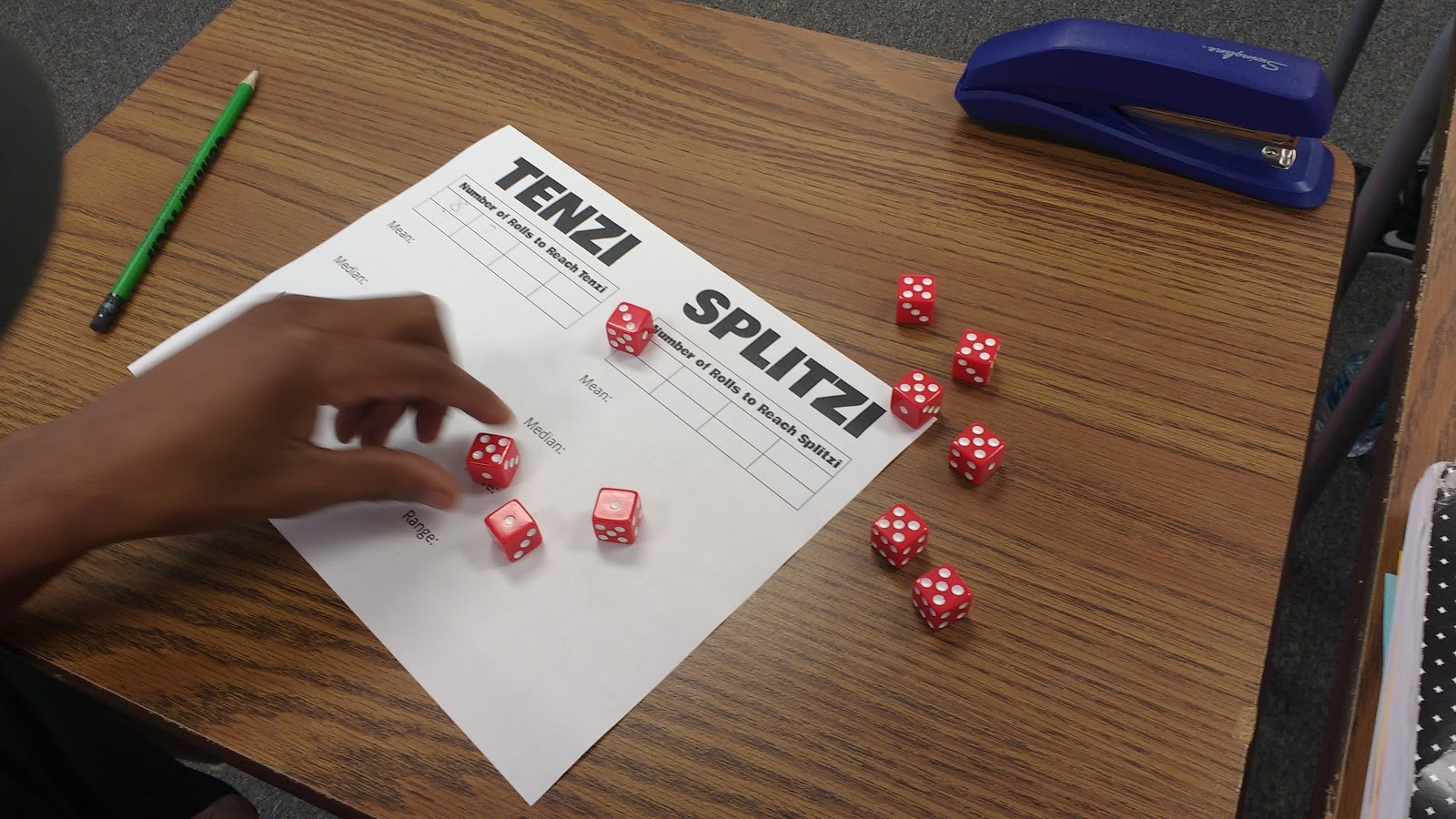
I am regular visitor of one’s web site, maintain up the nice operate, and It’s going to be a regular visitor for a lengthy time
mua giai – bong da sắp đến, cùng đón xem nhé
ty so bong da được cập nhật mới nhất mỗi ngày
Great job! (as always).
I really like how you find fun and active ways to teach through the standards. I also appreciate how you often have an element of 'discovery' in your lesson – where students must figure out something as part of the learning process.
Lastly, I too am struggling with the amount of teachers in my school who are using Netflix as their lesson plan. I am working with other teachers to make a great day on the last day of school – full of supervised activities and fun events (some educational). Last year it was movies in every room 🙁 – don't want that again!
Great minds think alike! I renamed this Blocko last year too. http://mathdyal.blogspot.com/2016/05/blocko.html
Can't wait to play this one again this year!
I played this for the first time with my 7th graders today, I had one kiddo win 3(!) rounds in a row!!!! We all sought his wise counsel!!!
Thank you. I love this.